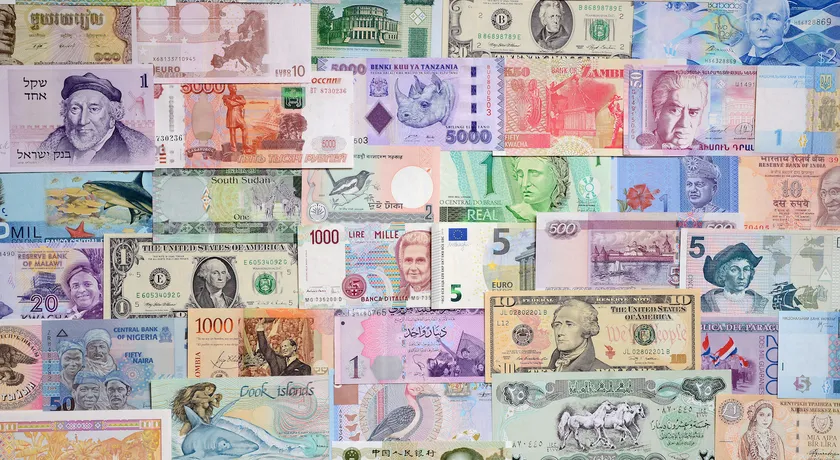According to a financial statement released in January, Tanzanian banks recorded more than Sh1 trillion in profits in 2022 for the first time in the country’s history. Earlier this month, M-pawa, the NCBA Bank Tanzania mobile money service, announced that it had registered more than seven million new users, just two months after I&M Bank Tanzania announced that it was embarking on a process of recruiting at least 500 agents to improve its services to the growing number of its customers.
Globally, the total amount of money transacted on mobile money platforms alone in 2022 amounted to a staggering $1.26 trillion. On the face of it, these developments sound like a cliché, a normal expectation. But from a closer look, they paint an interesting image of the workings of modern human society as we know it. Behind these huge figures lies an important story: the overwhelming trust that we have put in money as a mode of sustaining life.
Today, according to the latest data, at least 160,000 people work for Google, which makes more than $280 billion every year. That’s a lot of money. And all the employees who work at Google do whatever Google tells them to do because the company gives them some of its profits.
So, what money does Google and other companies give their employees? What is this money that everybody wants so much? Well, money is just one of the imaginary stories humans believe in. But how did we come to feel in cash? What comes to your mind when you think of money? A debit card, a banknote, your mobile phone? What about teeth? Chocolate? Dried fish? At one time or another, all of these things have been used as currency. What is the common thread that makes each of these seemingly random objects money?
From Ancient Grain Banks to Modern Coins
The history of money is complex. As Rupal Patel and Jack Meaning report in their brilliant book Can’t We Print More Money? Capital has developed in different ways at different times and in other places throughout human history, so explaining the underlying logic behind it is not a simple task.
According to some definitions, money has existed for almost as long as civilization. Around 5,000 years ago, debt systems developed around grain storage in ancient Mesopotamia. Workers would keep their grain in temples or warehouses known as grain banks. A ledger (a spreadsheet carved into a stone tablet) was kept that noted how much grain you owned.
You could then lend that grain or exchange it with someone else without having to go through the trouble of taking the grain to where they were and giving it to them. The said ledger became a way of keeping the score of the debts everyone owed each other. If this feels familiar, it should. The same basic system of maintaining a balance and transfer record underpins our modern bank account system. But that is a story for another day!
In this origin story, Rupal and Jack argue, “money developed as a form of memory: a way of keeping score of who owed what to whom. Precious metals have also been used as a way of paying for things for millennia.” The ancient Egyptians, for instance, used gold bars of certain weights in their exchanges. In Bronze Age Britain, gold was often used in ornate jewelry, which some people believe was used as a form of payment.
But there is a cost to swapping metals in their unstructured form: How do you know how much it is worth? To be sure, you need to be able to weigh your lump of gold or silver and be sure it is what it says it is. This is not handy if you’re shopping at the shops. What is the solution to this problem? Coins.
The innovation of casting your precious metal into a specific size and shape and stamping it with something official so people knew it could be trusted dates back to the ancient Lydians, who came up with the idea around 700 BCE. Take a look at a 1000-shilling note. What is it? It’s just a piece of paper. You can’t eat it, drink it, or wear it. But then along came some great storytellers called bankers and politicians in whom we have put so much faith that we believe almost any story they tell. They tell stories like “this small piece of paper is worth ten bananas,” and we believe them.
And as long as everyone believes this story, that small piece of paper is worth ten bananas. You can take that piece of paper to a store and give it to a stranger, and the stranger will provide you with real bananas, which you can eat.
In sum, money is trust. Money works because we all agree, as a society, that it has value. You will work hard all day and accept money because the local shopkeeper will get it. They will take it because they know someone else will buy it when the time comes. It works because we believe it works.


Hellow habari